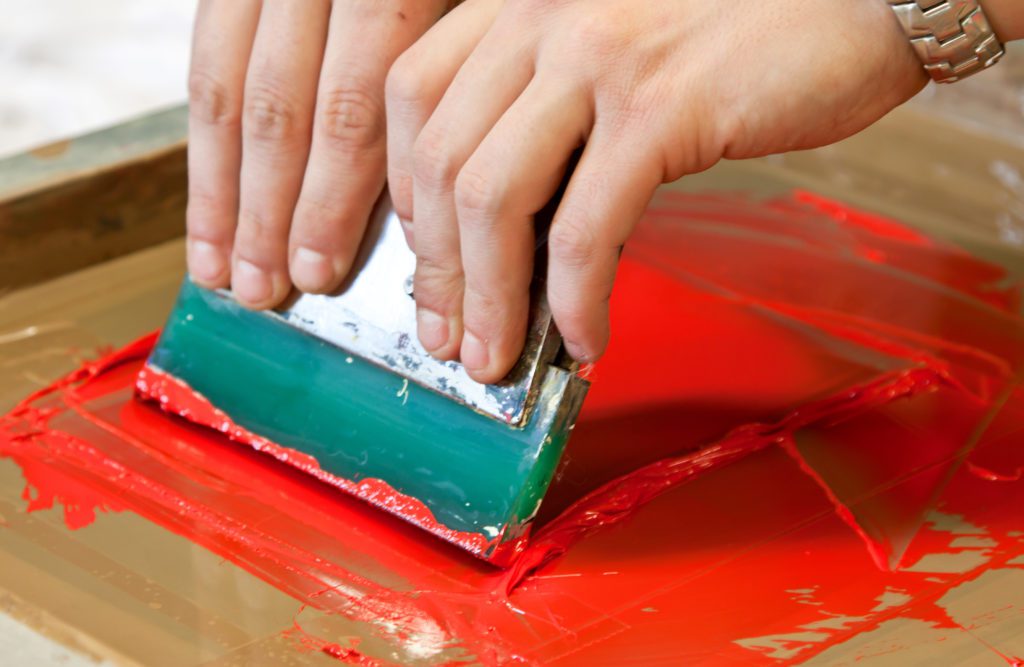Printmaking is a unique and interesting way to combine elements of both 3-D and 2-D art. In this artistic genre, printmakers are tasked with essentially engraving their design on a certain material — depending on the type of printmaking they are practicing — and then using ink or another similar medium to make prints of their engraving, usually on paper. Printmaking is a rich and diverse art genre, and there are a number of different ways to explore it.
Though it may seem like making a number of prints out of the same design is akin to copying, nothing can be further from the truth. Each print is its own special original, and artists who make prints generally number them as a unique point in a series. No matter how carefully prints are made, there will always be differences from print to print, and that is some of the attraction of printmaking.
Monoprinting is one example of this. Artists start out with a woodblock, stone, or sheet of metal, which they then use sharp tools on to etch in their design. This technique is called relief-printing, which means that artists cut away material to make a print, utilizing knowledge of space and texture, as well as shading, to make a successful print. After various steps of chemical processing, depending on the type of medium they begin with, artists then apply ink to their design, affix a piece of paper or other material to it, and use presses, rollers, or other tools to make the print. The steps of inking and rolling or pressing are repeated until artists have multiple prints with all of their unique details.
Collagraphy is another sub-genre of printmaking, and includes using a number of materials — including wood, cardboard, textiles, and other high-texture products — to produce a plate. That plate is then inked and transferred to paper or other materials to make a print. In collagraphy, which is related to the word “collage,” there is ample opportunity for variance in prints during both the construction of the plate and the inking and printmaking process.
Yet another type of printmaking includes silkscreen printing or screenprinting, the process most often used to produce designs on fabrics and clothing. In silkscreen printing, artists use a stencil cut in the design they want to reproduce on the cloth, which is stretched tight on a frame. After securing the stencil to the fabric, ink is spread and smoothed, filling in the design desired. While a number of professional clothing makers employ this practice to make fashionable T-shirts, amateur printmakers can also reproduce excellent results using the basic silkscreen methods. Stencils may also be used to print signage on everything from steel to concrete, depending on the artist’s needs or desires.

